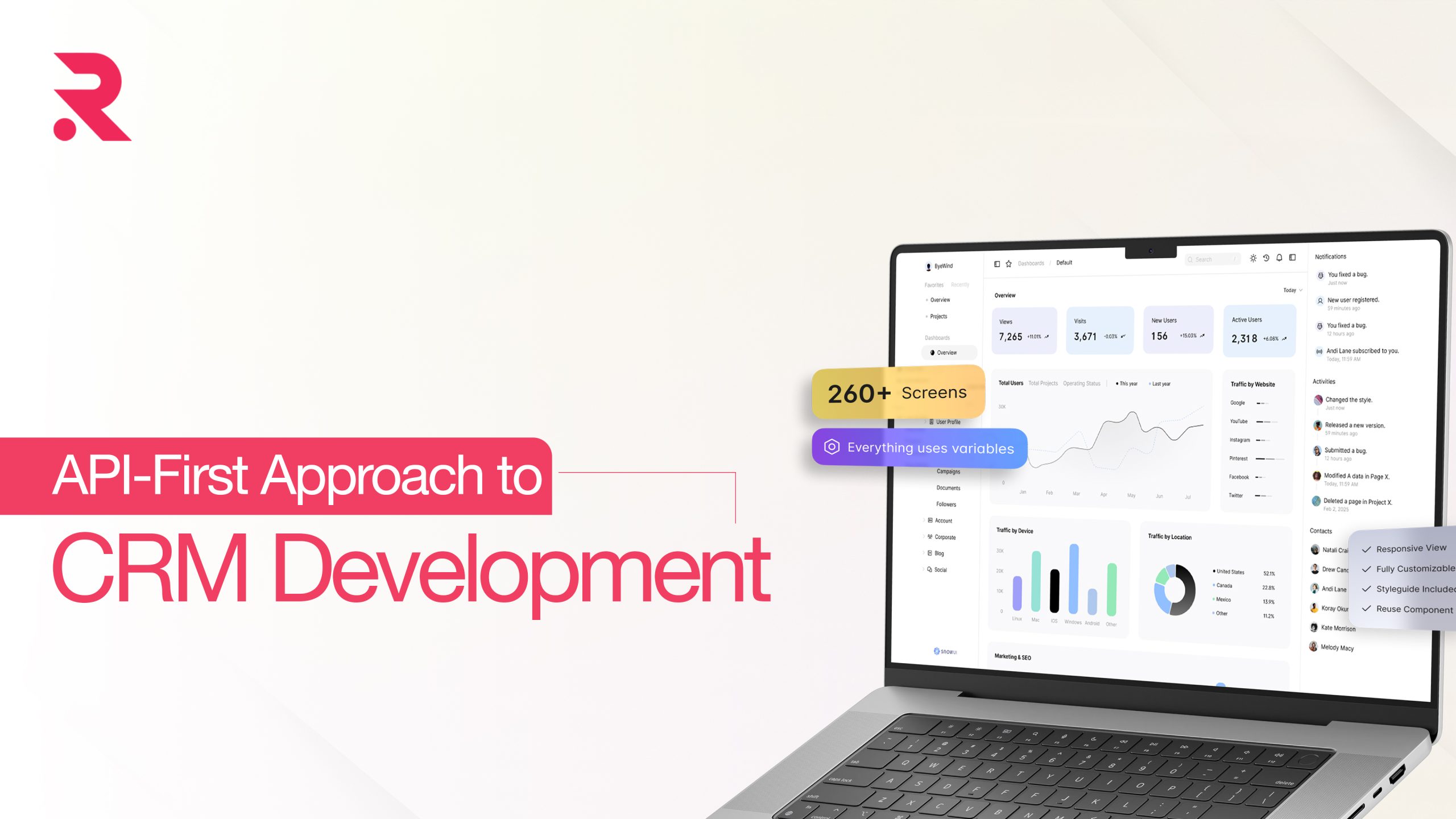
Magento has always been the most popular mantle in the field of eCommerce. It was a huge success and hundreds of businesses are still running on it. But, the progress doesn’t standstill. Change and up-gradation is the rule of nature and we are bound to follow it. The same is the case with technology. However efficient the first technology is, it will be upgraded with time.
Shopping carts need constant improvement to maintain a high position in the market. That is why Magento 2 was introduced.
It is due to the huge success and functionality of Magento 1 that many businessmen are still contemplating whether to upgrade with Magento 2 or not. This article will help many such people to make the right decision. The question is whether to upgrade with the latest version or keep using the stable Magento 1 version?
Magento 2
The latest incarnation of the eCommerce platform, Magento 2 is the latest range of tools required for advanced marketing. Magento 2 was launched to control the looks, functionality and content of your online business in a more effective way.
While upgrading from Magento 1 to Magneto 2, you will observe the following main changes.
• A change in a technological level.
• Improved backend and frontend modularity.
• Better performance.
Magento 2 has evolved as a game-changer in eCommerce trade. Naturally, with the launch of Magento 2, the focus of Magento has shifted to the latest version. They are clearly focusing on bigger enterprises. A new feature is added to Magento 2 every three months which applies both to both Magento Community and Enterprise Edition.
Magento 1 vs 2: When it becomes necessary to upgrade?
Whether you should upgrade or not or when should you upgrade, the answer depends on a number of factors. If your Magento 1.x version:
• Is running smoothly.
• Does not have any problematic features.
• Is generating good orders and revenue.
• Operates under an updated version.
In that case, as of Q2 2017, you can manage with the same version for a few more months. You don’t need to rush to upgrade the version. However, you should start to plan if you are thinking long term.
Updating is urgent if:
• You are facing performance issues with your current eCommerce store.
• A new eCommerce business is in pipeline.
• Your target is to implement bigger modifications.
• Your current system is an outdated one.
Even if you are not facing any issues with your previous version, we recommend you to update. The new Magento 2.x version offers new opportunities, innovations and a number of features and allows you to serve your customers in ways that were not possible till date.
Is migrating your eCommerce store to Magento 2 problematic?
Let’s accept it: migration always comes with a lot of hassle; even if it is migrating between two different versions of the same system.
The actual pain comes with leaving all the customized designs and features of the previous version behind. With the new version, you would have to make them all again.
Secondly, migrating from Magento1.x to Magento 2.x allows you to transfer products, databases and attributes. And that is why you can consider migrating as an opportunity. The extra work and cost of your business will let you make improvements wherever you want.
Magento 2 is a great opportunity
• If you have done everything the best possible way.
• If there are some unnecessary features in your store.
• If you want to add some particular feature for long.
• You want to improve your online store in general.
Despite all these opportunities, small businesses would like to wait for a little to save themselves from the hassle of migrating. The technical advancements make migrating more difficult. The new solutions of Magento 2 surpass Magento 1 in many terms. Still, migration is inevitable and there is no use of holding on to an older version for too long.
The Data migration tool makes it easier to migrate a database from one version to another. Other than this it is easy to migrate products, customers, orders etc. However, we recommend you to entrust experts to carry out the migrating process. Database and products are the two most valuable assets of a business and there is no point in playing with them.
Magento Development
Though Magento 2 is around since the year 2015, it is considered relatively new. Still, there are very few people who expertise in developing and installing Magento 2 extensions. The development of Magento 2 involves a high cost.
A Special budget for Magento 2 development
Switching to Magento 2 for customized solutions needs an expert team of professionals. Only a few people are proficient in the field and hence they charge a good amount for this.
It is hard to determine the exact cost of developing because development on the Magento 2 platform gives space to endless possibilities. On average, it is almost 1.5-2 times bigger than the basic one.
Already available modules of Magento 2 are more pricey than Magento 1 modules because of their limited availability.
Magento community factor
Magento is considered the most advanced and popular eCommerce software and the credit goes to the huge professional community behind it. For the last 9 years, they have been using Magento 1.x version and have access to assistance with all Magento related problems.
The same is the case with Magento 2. Although it is developed on GitHub, professionals work on new features and patches every day.
• 15 top reasons you should upgrade to the new version
These are the 15 most prominent differences between the two versions based upon coding, functionality and user experience.
1. Scalability and enhanced performance: A significant chunk of traffic is lost if the loading time of a website is more than 3 seconds, which is standard time. The loading time of Homepage, Product pages and category pages is 1.5 seconds for the eCommerce websites running n Magento2.x version.
2. Responsive and search engine friendly: It is because of the responsive frontend design Magento 2, it is easy to browse it on all the devices. It enhances Magento 2’s credibility because these days Google Algorithms also favour mobile-friendly websites in the ranking. The responsive design also enhances the experience of users.
3. Streamlined checkout: The checkout process has become more user-friendly with this feature. It is possible to check out even without registration. Magento 2 identifies the customer base based on its email address. Magento 2 makes it possible to register after checkout and it quite a simple process.
4. Elastic search: Elastic search improves the quality of searches and user experience. Moreover, it can handle 33 languages. The similar functionality is also available for third-party extensions for M2.
5. Extension updating is easier and cheaper: Installing new extensions and modules is simpler and cheaper as compared to Magento 1.x version. Even the basic extensions of Magento1.x version takes lots of time to install even by professional developers, not to mention conflicting extensions. The process has become easier and more functional.
The Data migration tool makes it easier to migrate a database from one version to another. Other than this it is easy to migrate products, customers, orders etc. However, we recommend you to entrust experts to carry out the migrating process. Database and products are two most valuable assets of a business and there is no point in playing with them.
6. Ajax add-to-cart: When shopping on Magento 1 eCommerce store, the page reloads every time an item is added to the cart. Although, it takes a few seconds only yet it can affect the traffic badly. Customers simply abandon their carts to ignore this. Thanks to Ajax add-to-cart system, where the item is simply added to the care without page reloading. It enhances user experience.
7. Simpler navigation: Magento 2 is practically more simple and modern to handle for online store owners. Even users with less knowledge and experience can manage it efficiently. The admin interface of Magento 1 is quite complicated to M2.
8. Split database solution: In Magento 1, the database of admin, customers and developers is the same which often leads to database overload. The strain equally affects the admin and consumers. Magento 2 is an opportunity to use three separate databases for:
• Product data
• Orders
• Orders
No database is overloaded this way.
9. Dashboard: The new system provides all the information at one place only. The overview of the dashboard includes:
• Lifetime sales
• Average order amount
• Last orders
• Top search terms
• Most viewed products
• New customers etc
The financial overview is also displayed on the homepage and you can get the information about the whole business in a blink of an eye.
10. Simpler product upload: With the new system, creating a new product has also become easier. The simplified step-by-step tutorial guides you through the simple process. Also, Magento 2 has made it possible to post product videos along with the photos.
11. More efficient customization: The merchants using Magento 2 can avail personalized payment methods and can monitor on-site behaviour.
12. Platform compatibility: Magento 2 supports more technical platforms such as HTML5. CSS3, and MySQL. Instead of prototype.js, it uses jQuery.
13. Hardware requirements: It has been observed that Magento 2 can yield the same level of performance with lower hardware requirements. It has a positive impact on the initial and running cost of the system. Even if you are running a system on hosting service you will find the new version cost-effective.
14. More efficient testing: When working on an advanced version with customized features, extensions and modules with lots of traffic, it is important to minimize the risks and bugs. That’s where testing plays its role. It has become easy with Magento 2 version. Earlier, it was difficult to check if the new features and modules would conflict with the existing system or not but it is not the case now.
15. Integration has become simple: With Magento 2 integration of a lot of different systems like ERP and CRM has become easier.
What is the expiry date of Magento 1.x?
It has already been decided that Magento 1 will stop getting support from Magento and this makes Magento 2.x the right platform for eCommerce startups. After a fixed duration of time, only Magento 2.x will get official support from Magento.
This will arise a number of security issues with the already existing platform. You can always hire developers to create special security patches for you but it will only add extra work and cost to your business.
Stability is the most important factor when you talk about the long term. Only migrating to Magento 2 can offer this stability.
Is it the right time to upgrade?
The size of your business and your budget are two deciding factors.
Bottom line
It’s better to plan long term. Magento 1.x will be dangerously outdated later or sooner. No one can follow security patches dedicated;y and there will be too many risks without official support and updates.
If your eCommerce store is running well on the customized features of Magento 1, plan to migrate in a year or two. However, if you are already running on an outdated version, migrate as soon as possible.
Either way, you need lots of development. Magento 2 is the future.
 Shopify
Shopify

















